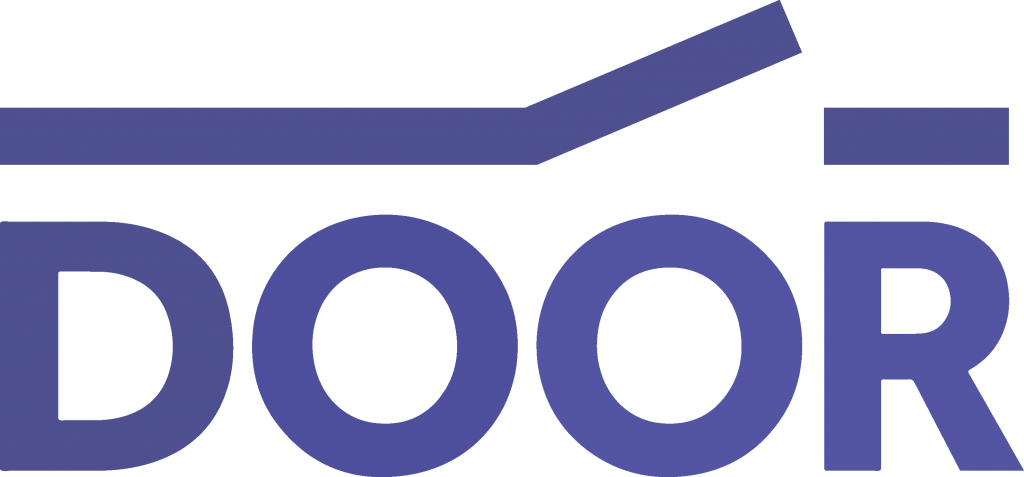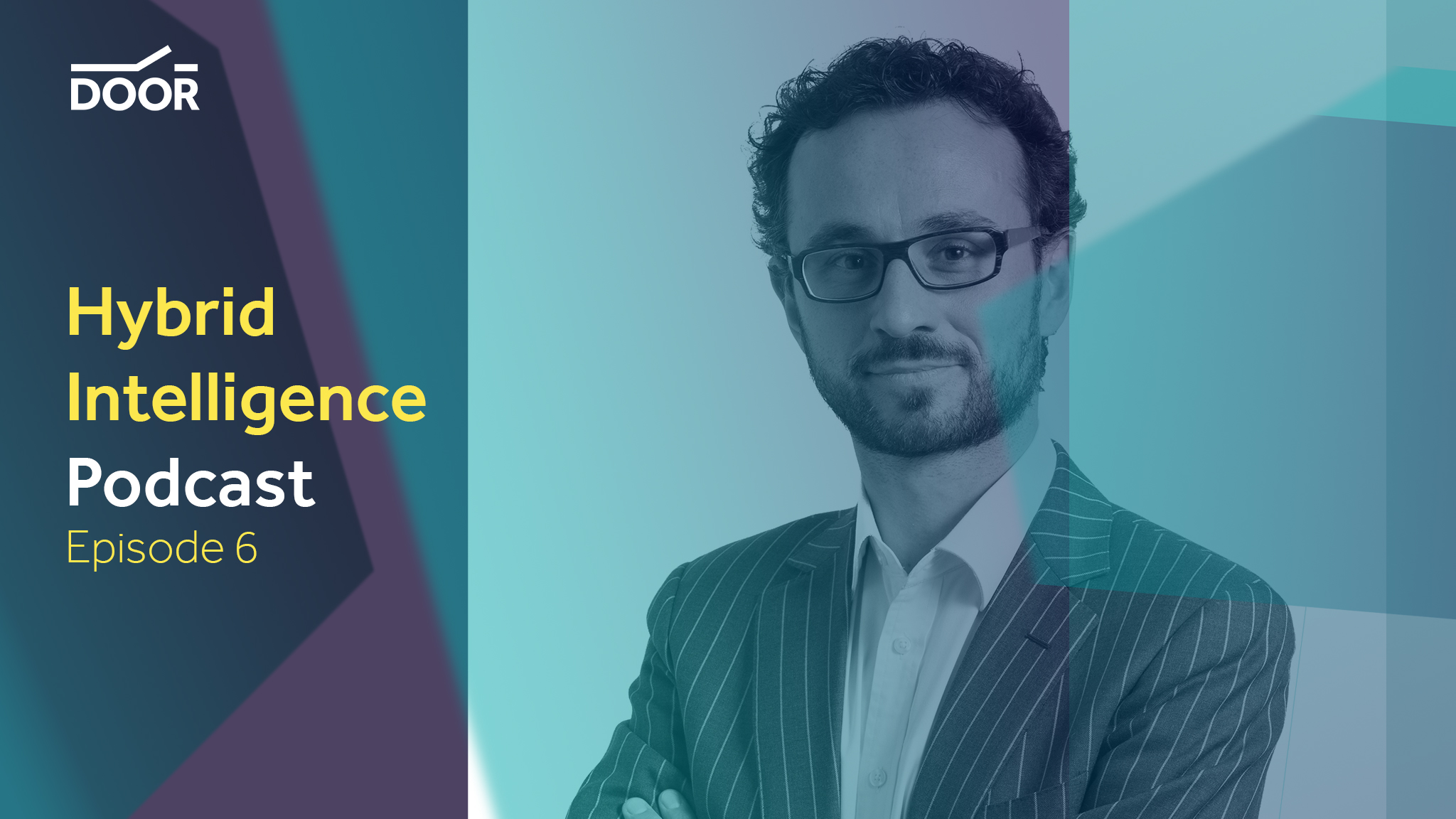The COVID-19 pandemic is placing galactic pressures on companies everywhere to adapt and evolve. There is a temptation to frame responses in a singular and extremist way in the heat of phrases like “the new normal”. In reality, there is a spectrum of responses from short term tactical adaptations to survive, to adaptations in order to seize new opportunities arising from accelerating change, to the fundamental adjustment of longer term evolution strategy.
Such times call for resilience and flexibility, but also optimism (a theme we have been exploring on this podcast), creativity, imagination and new thinking. So in theory, this is a perfect period for companies, organisations and governments to be utilising Design Thinking. But are they? Has it been widely adopted? What has been its impact? How do organisations utilise it? What is the evidence?
In this episode of the Hybrid Intelligence podcast I discuss these themes with Professor Pietro Micheli from Warwick Business School who has been studying Design Thinking since its early inception. The numerous academic research studies Pietro has conducted with companies globally gives him a unique perspective to paint a picture of what research does, and interestingly, does not show.
I was surprised to hear that Pietro has conducted research on how Design Thinking can be applied to Brand Management. Brand personality and expression are areas I find fascinating and form part of our work at Door. How do you create personality in a product or service? How do you express brand DNA in an experience? When working in these areas you quickly bump up against the tension between the desire for brand consistency and the need for ongoing relevance and vitality. Pietro’s research looked into how Design Thinking is used to navigate these tensions by asking “what if questions” of the brand, enabling safe space for creativity and to utilise insights to inform decision making.
The conversation with Pietro was also an opportunity for me to debate some of my own observations and ideas about the realities of design thinking and how it is evolving as a discipline. These include:
Design Thinking is on a similar journey to Agile
Agile was born from software development. It subsequently leaked beyond the borders of software development teams to where entire organisations are now “agile” or attempting to be “agile”. Fundamentally changing how things get done in an organisation obviously has knock-on effects. For instance, what is agile budgeting? What is agile leadership? What is agile strategy? And other such questions we see raging across forums, blog posts and best selling books.
From my perspective Design Thinking is on a similar journey, although, at this time, a far less influential one. Design has leaked beyond the borders of specialist teams in the form of Design Thinking to become part of the modern management lexicon and strategic tool kit. As Jon Kolko points out in his book Well Designed, “…think of design as less of a way making things look a certain way, and more as a way of getting things done.” Does design create any knock-on implications as it permeates organisations? Or is its influence limited? And whilst Design and Agile share many of the same principles, they can also conflict with each other in certain scenarios. What happens then? Compromise or something else?
There are three forces challenging the impact and adoption of design thinking
1) The space for research, generative thinking, problem framing and, dare I say it, reflection (all hallmarks of a design driven process) are being eroded by the increasing iterative nature and rapid pace of “business as usual” (BAU). The runway for such activities is essentially being compressed and eroded by the desire for pace.
2) Data can magnetise organisational decision making into optimisation funnels and limit the space for creative leaps, breakthroughs or even differentiation which can come from alternative business logics, such as abductive logic which powers Design Thinking. Pietro describes this as “the logic of imagination”, a phrase I love. I have previously written about this theme and the idea of “sub-optimal” .
3) As design has become critical to contemporary products and services it has been enveloped by the iterative nature and rapid pace of everyday delivery. I describe this as “the industrialisation of design”. A consequence of this is that design, despite the emergence of the Chief Design Officer, is still not typically part of the strategic conversation in companies. The voice of design with a big “D” has been muted as it has been absorbed, Borg like, into the fabric of iterative BAU. Of course design needs and should play a role with the everyday, but it offers so much when given the space to think in different time horizons, work on big strategic challenges and unlock new possibilities by “looking up” and exploring. So are we in a place where the mainstream clichéd perception of design as graphic design or making things look pretty, has been updated to be the world of UX/UI? Has design lost another window in which to become more widely influential?
In summary, are pace, data and iterative BAU depleting the oxygen design and Design Thinking need to be at their best and therefore narrowing their wider application, impact and growth?
It was a pleasure to explore these and other themes about Design Thinking with Pietro. I hope this episode provides you some food for thought.
Lee Sankey,
Founder, Door
13th August 2020
LINKS
Find out more about Professor Pietro Micheli and read his research papers here
Linkedin
Twitter



